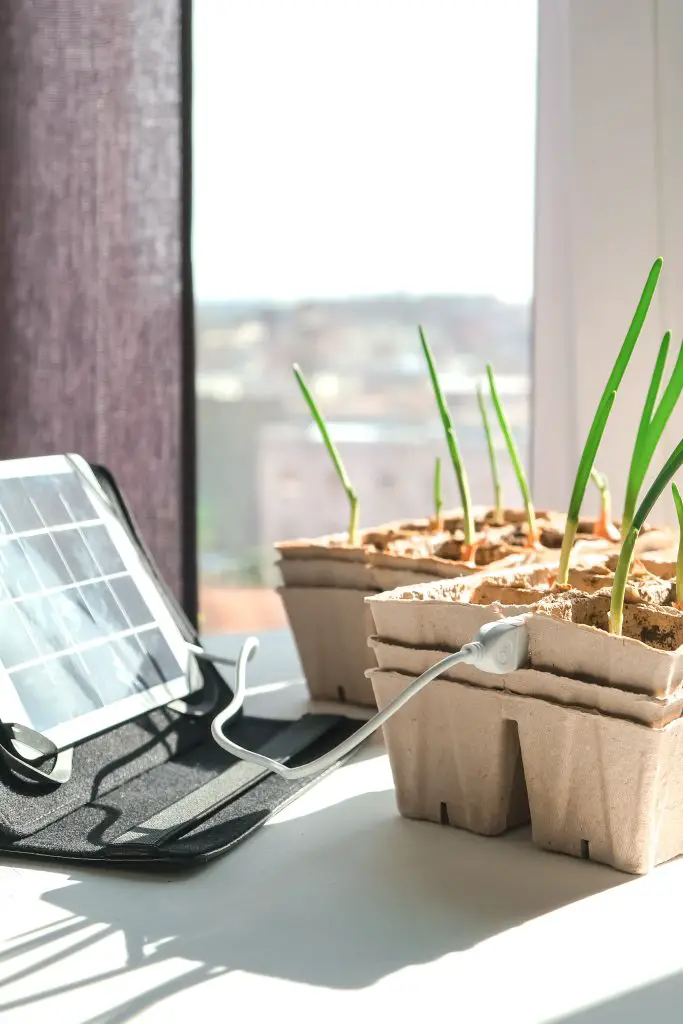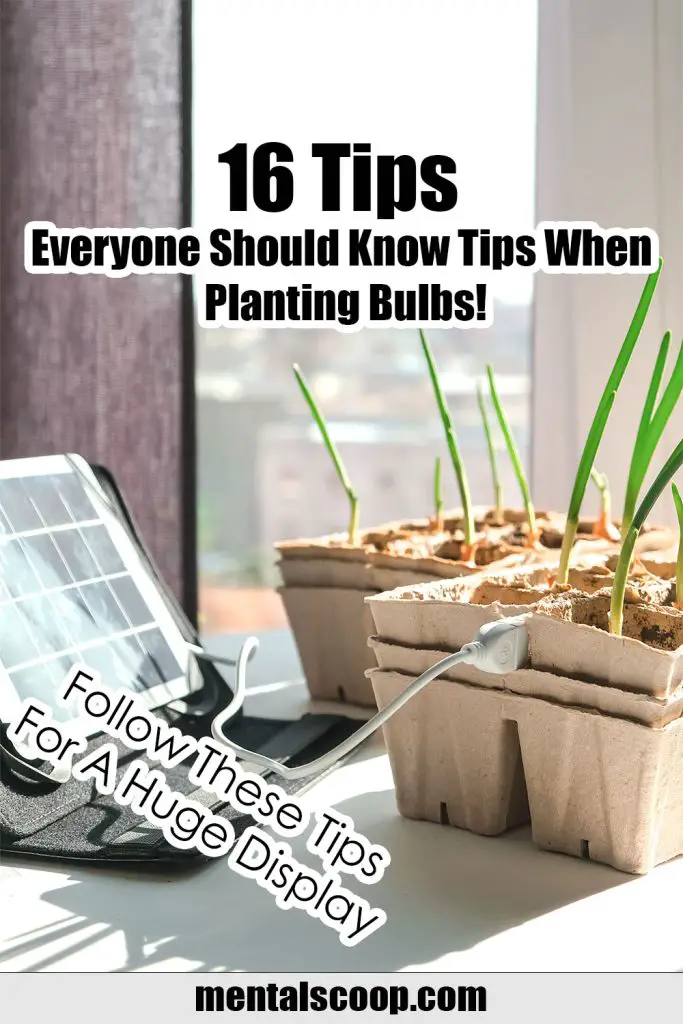
Bulbs are a popular choice for gardeners due to their ease of planting and the stunning displays they create when they bloom. However, planting bulbs requires some know-how to ensure a successful and beautiful garden. In this article, we will provide you with 16 tips to help you get the most out of planting bulbs.
Choose The Right Bulbs
The first step to planting bulbs is to choose the right bulbs for your garden. Consider the soil type, climate, and the amount of sunlight your garden receives. Certain bulbs may thrive better in specific environments.
Plant At The Right Time
It is essential to plant bulbs at the right time of the year. Generally, fall is the best time for planting bulbs, as the soil is still warm from the summer, allowing the bulbs to establish roots before the winter frost.
Prepare The Soil
Before planting, prepare the soil by digging a hole deep enough to accommodate the bulbs. Ensure that the soil is loose and free from debris.
Add Organic Matter
Bulbs require well-draining soil, and adding organic matter such as compost or well-rotted manure can help improve the soil structure and provide the bulbs with essential nutrients.
Plant At The Correct Depth
It is crucial to plant bulbs at the correct depth. The general rule of thumb is to plant bulbs at a depth of two to three times the bulb’s height.
Space Bulbs Correctly
Ensure that you space bulbs correctly, allowing room for the bulbs to grow and spread.
Plant In Groups
Planting bulbs in groups or clusters can create a more natural and aesthetically pleasing effect in your garden.
Water Bulbs After Planting
After planting, water the bulbs well to ensure that the soil is moist but not waterlogged.
Add Mulch
Adding a layer of mulch on top of the soil can help retain moisture and keep the soil temperature consistent.
Protect From Animals
Animals such as squirrels and mice may be attracted to bulbs. Consider using protective covers or planting bulbs in wire mesh baskets to prevent damage.
Fertilize
Bulbs require nutrients to grow and bloom. Consider fertilizing the bulbs with a balanced fertilizer before planting and again in the spring when they start to grow.
Deadhead After Blooming
Deadheading or removing the spent flowers can encourage the bulb to put its energy into storing nutrients for next year’s bloom rather than producing seeds.
Don’t Cut The Foliage Too Soon
After the flowers have finished blooming, allow the foliage to die back naturally. The foliage is essential for the bulb to store energy for next year’s bloom.
Lift Bulbs In Colder Climates
In colder climates, lifting bulbs and storing them in a cool, dry place over winter can help protect them from frost damage.
Check For Disease
Inspect bulbs for any signs of disease before planting. Discard any bulbs that show signs of rot or disease.
Plan For Next Year
Planning for next year’s bloom can ensure that you have a continuous display of flowers in your garden. Consider planting bulbs that bloom at different times of the year to provide color and interest throughout the growing season.
Overall
Planting bulbs can be a rewarding and straightforward way to add color and interest to your garden. By following these tips, you can ensure that your bulbs thrive and provide a stunning display year after year. Remember to choose the right bulbs, plant at the right time, prepare the soil, plant at the correct depth, and protect your bulbs from animals. By doing so, you’ll be well on your way to creating a beautiful and thriving garden full of stunning blooms.

More interesting articles you may be interested in reading:

How To Remove A Tree Stump Painlessly
10 Vital Home Maintenance Tasks You’ll Regret If You Forget
See How Much Propane Is Left In A Tank With No Gauge
Thanks for reading and be sure to share this info with your friends using the social share buttons below.
Talking about social stuff, consider liking our Facebook page to keep up to date with our articles. Check out our other articles for more mental scoops!
